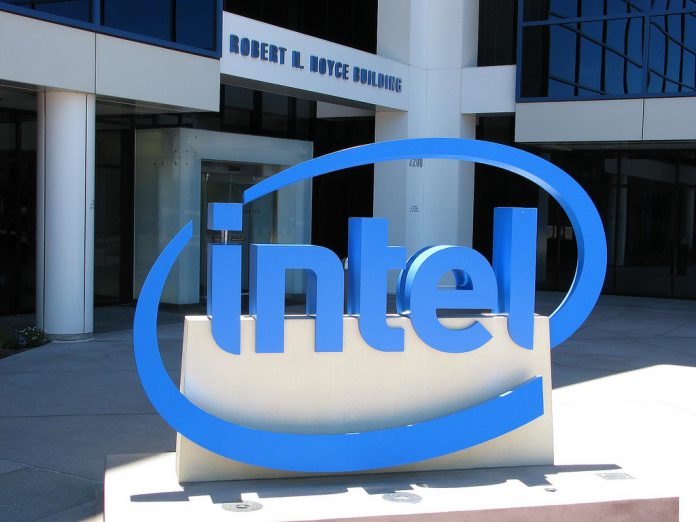During Intel’s “Architecture Day” at its Los Altos headquarters, the company wheeled out cofounder Robert Noyce, architects and executives to sing from the same hymn book. The consensus is the next decade will produce a major change in how Intel generates income and the overall development of computing power. Regarding the former, the company says the next ten years will produce more evolution of computing architecture than has happened in the last half century. By accessing this innovative technology, Intel aims to be part of an expanded market that will be worth $300 billion by 2022. Intel has had a tougher time of things lately that is may be used to. Rivals like AMD and Nvidia are making market share headway against the company. Intel has also been harmed in mobile, where providers such as Qualcomm and Samsung have crafted dominance. So, Intel may no longer be a completely dominant force, something that has been propelled by the continued decline of the PC market. Still, the company still generated $63 billion in revenues during 2017. What’s more, the company is growing and forecasts $71.2 billion through 2018.
Continued Innovation
This week, Intel showcased its next generation of chips based on its new 10 nanometer manufacturing process. For a company that may have lost its way recently, Intel executives say there is a rejuvenation and a renewed focus will be placed on the whole system. The company wants to enhance its engineering and push development of advanced manufacturing processes through new architectures. AI and graphics will be at the forefront of development.




